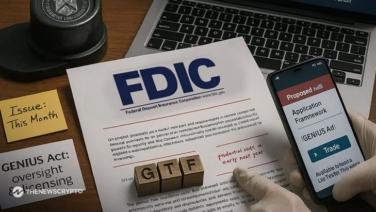- The report stresses the significance of diverse clients, operators, and cloud.
- Pectra, which incorporates EIP-7251, is anticipated to go live in the first quarter of 2025.
Recent report by Liquid Collective and Obol has uncovered various hazards related with Ethereum’s upcoming Pectra upgrade in early 2025. Although distributed validator technology (DVT) has been slow to gain traction. The report stresses the significance of diverse clients, operators, and cloud.
Concerning the execution and consensus clients, the report cautioned that a major flaw in the dominant client might cause network instability and heavy slashing penalties. Moreover, staking via a single node operator introduces downtime and cutting risks to staked funds. However, this is a core aspect of Ethereum’s consensus process.
Correlated Risks
Furthermore, operator diversity is critical for keeping networks healthy. And preventing single points of failure, according to the report’s warning on staking. To further avoid danger, even from reliable node operators, all parties involved and service providers must do thorough assessments of diversity, correlation, and risk mitigation.
Citing recent disruptions at Hetzner and AWS, among others, the report also took a critical look at the need of a geographically dispersed network of validators and cloud providers. “Validator resilience by reducing correlated risks” was defined as one way in which DVT may greatly aid this approach.
Also, updates to the network execution and consensus layers, respectively, will be the primary focus of the forthcoming Ethereum Pectra upgrade. It merges the Prague and Electra upgrades. Pectra, which incorporates EIP-7251, is anticipated to launch in the first quarter of 2025.
Increasing the maximum effective balance to 2,048 ETH, the Pectra upgrade will enable staking providers to concentrate their stake into fewer validators, according to the report.
Highlighted Crypto News Today:
Cardano Founder Proposes Blockchain-Backed Elections with Paper Audit Trail








